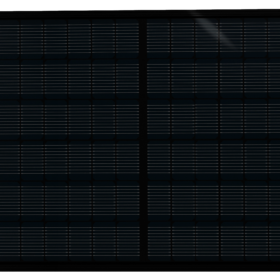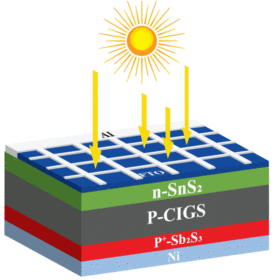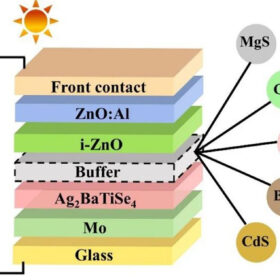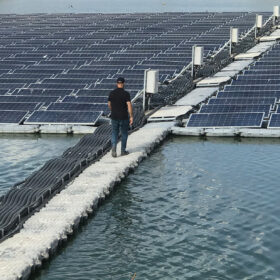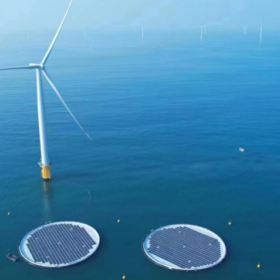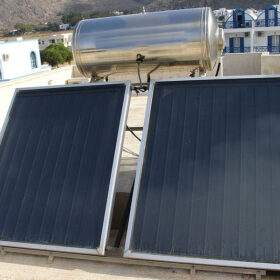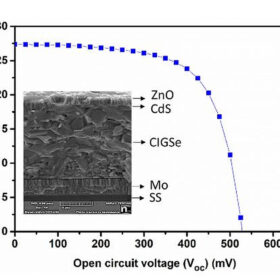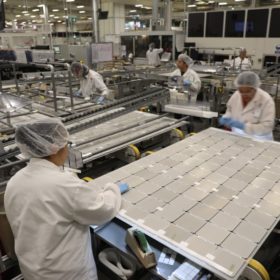Sinovoltaics updates North American solar module manufacturing map
The latest North American manufacturing hub report from Sinovoltaics maps current and planned capacity for 95 plants in the region’s PV module supply chain. The report tracks announcements of current and future capacities at plants producing PV modules, cells, wafers, ingots, polysilicon, and metallurgical-grade silicon.
Mexico’s distributed solar installations hit 700 MW in 2023
Mexico had 3.33 GW of cumulative distributed solar capacity at the end of December 2023, on 700 MW of new additions for the full year.
Solarever presents 410 W all-black solar panel
Mexican manufacturer Solarever says its new passivated emitter and rear cell (PERC) PV module has an efficiency of 20.97% and a temperature coefficient of -0.35% per degree Celsius.
New CIGS solar cell design with antimony trisulfide promises 31.15% efficiency
The novel solar cell uses antimony trisulfide (Sb2S3) as the back surface field (BSF) layer. According to its creators, this layer can be included in conventional CIGS solar cells to improve their efficiency and reduce the absorber material’s cost.
First attempt to build thin-film solar cells relying on absorber made of silver, barium, titanium, selenium
An international research team has demonstrated, for the first time, the technical feasibility of solar cells relying on absorbers made of silver, barium, titanium, and selenium (Ag2BaTiSe4). The simulations showed these devices may reach efficiencies of up to 29.8% and be based on different buffer layer materials.
World Bank seeking advisers to assess feasibility of floating solar in Mexico
The World Bank is accepting expressions of interest to provide consultancy and feasibility study services for floating solar facilities at two hydropower reservoirs operated by Mexico’s National Electricity Commission (CFE).
The Hydrogen Stream: Researchers test marine green hydrogen feasibility
Mexican researchers have revealed test results for offshore wind-based hydrogen production, while Turkey has started negotiating hydrogen facility partnerships with the United Arab Emirates.
Heat pump design to reduce footprint of solar thermal installations
A US-Mexican research team has investigated how linking heat pumps with solar thermal collectors may help reduce the surface needed to deploy the collectors themselves. The scientists found the proposed solution may not only significantly reduce the footprint of solar thermal systems but also provide a lower levelized cost of energy compared to fossil fuels.
CIGS solar cell using aluminum doped zinc oxide film achieves 9.53% efficiency
Scientists have developed a technique for producing AZO and i-ZnO/AZO bilayer structures in solar cells that greatly improves cell efficiency and durability. Using a low power deposition method that avoids raising the substrate temperature, the team achieved a power conversion efficiency of 9.53% with good transmittance.
Maxeon’s PV module capacity hits 2.5 GW in Mexico
Maxeon Solar Technologies says it has invested $70 million to upgrade its panel factory in Mexicali, Mexico, to 1.8 GW. The remaining capacity is provided by a 700 MW facility that the Singapore-based manufacturer operates in Ensenada.


